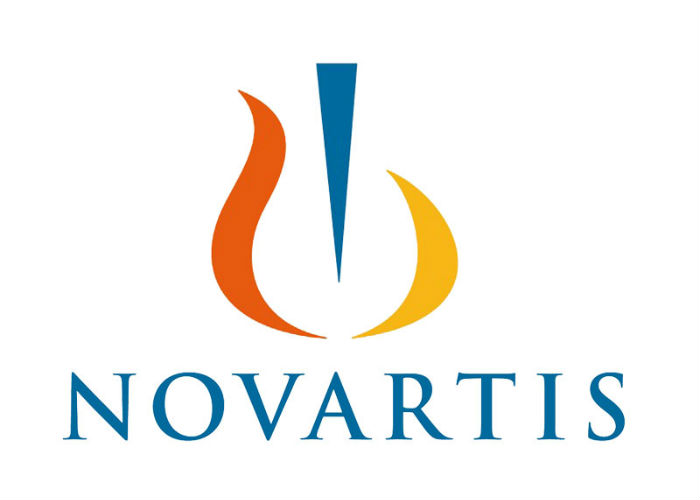

Product Ref: CIONS06 Category: O


Royal Mail 2nd Class / Parcel Force 48
UK to UK :Normally arrives in 2-4 business days.
UK to Ireland :Normally arrives in 4-6 business days
UK to EU Countries : Normally arrives in 6-10 working days depending on where the parcel is going
Please note standered delivery is none trackable , none insured , no responsabily for lose or Damage
----------------------------------------------------------------------------------------------------------------

Royal Mail First Class / Parcel Force 24
UK to UK :Normally arrives in 1-2 business days.
UK to Ireland 3-4 business days
UK to EU Countries : Normally arrives in 6-10 working days depending on where the parcel is going
Please note :Trackable , Royal Mail insured up to £50.
--------------------------------------------------------------------------------------------------------
Parcel Force Express AM Guaranteed before Midday.
UK to UK only . UP to 5KG Max Weight
Arrives next day before 12 noon, requires a signature.
Parcel Forcel Terms & Conditions apply
Important: Parcel Force advise that there are some postcodes where an extended delivery time exists, and may affect the date of delivery or the service is not available.
| Category | POM-V |
| Temperature | Refrigerated |
| MA/VM/EU No: | EU/2/08/089/020 |
| Species |
|
| VMD Link | Product Information Database (defra.gov.uk) |
| NOAH Link | https://www.noahcompendium.co.uk/?id=-462382 |
| Dosage | Amounts to be administered and administration route Subcutaneous use. Administer subcutaneously to cats or dogs approximately 30 minutes before the start of surgery, for example around the time of induction of general anaesthesia, at a dose of 1 ml per 10 kg of body weight (2 mg/kg). After surgery in cats, once daily treatment may be continued at the same dosage and at the same time every day for up to 2 days. After soft tissue surgery in dogs, once daily treatment may be continued at the same dosage and at the same time every day for up to 2 days. The interchangeable use of Onsior tablets and Onsior solution for injection has been tested in target animal safety studies and was shown to be well tolerated by cats and dogs. Onsior solution for injection or tablets may be used interchangeably in accordance with the indications and directions of use approved for each pharmaceutical form. Treatment should not exceed one dose (either tablet or injection) per day. Please note that the recommended doses for the two formulations may be different. Overdose (symptoms, emergency procedures, antidotes), if necessary In healthy young dogs aged 6 months, once daily subcutaneous administration of robenacoxib at doses of 2 (recommended therapeutic dose; RTD), 6 (3 times RTD), and 20 mg/kg (10 times RTD) for 9 administrations over a 5 week period (3 cycles of 3 consecutive once daily injections) did not produce any signs of toxicity, including gastrointestinal, kidney or liver toxicity and had no effect on bleeding time. Reversible inflammation at the injection site was noted in all groups (including controls) and was more severe in the 6 and 20 mg/kg dose groups. In healthy young cats aged 10 months, once daily subcutaneous administration of robenacoxib at doses of 4 mg/kg (twice RTD) for 2 consecutive days and 10 mg/kg (5 times RTD) for 3 consecutive days did not produce any signs of toxicity, including signs of gastrointestinal, kidney or liver toxicity and had no effect on bleeding time. Reversible, minimal injection site reactions were noted in both dose groups. The interchangeable use of Onsior tablets and Onsior solution for injection in 4-months old cats at overdoses of up to 3 times the maximum recommended dose (2.4 mg, 4.8 mg, 7.2 mg robenacoxib/kg orally and 2.0 mg, 4.0 mg and 6.0 mg robenacoxib/kg subcutaneously) resulted in a dose-dependent increase of sporadic oedema at the injection site and minimal to mild subacute/chronic inflammation of the subcutaneous tissue. A dose-dependent increase in the QT interval, a decreased heart rate and corresponding increased respiratory rate were observed in laboratory studies. No relevant effects on body weight, bleeding time or evidence of any gastrointestinal, kidney or liver toxicity were observed. In overdose studies conducted in cats, there was a dose-dependent increase in the QT interval. The biological relevance of increased QT intervals outside of normal variations observed following overdose of robenacoxib is unknown. No changes in the QT interval were observed after single intravenous administration of 2 or 4 mg /kg robenacoxib to anaesthetised healthy cats. The interchangeable use of Onsior tablets and Onsior solution for injection in mongrel dogs at overdoses of up to 3 times the maximum recommended dose (2.0, 4.0 and 6.0 plus 4.0, 8.0 and 12.0 mg robenacoxib/kg orally and 2.0 mg, 4.0 mg and 6.0 mg robenacoxib/kg subcutaneously) resulted in dose-related oedema, erythema, thickening of the skin and skin ulceration at the subcutaneous injection site and inflammation, congestion, or haemorrhage in the duodenum, jejunum, and caecum. No relevant effects on body weight, bleeding time or evidence of any kidney or liver toxicity were observed. No changes to blood pressure or the electrocardiogram were observed after single administration to healthy dogs of 2 mg/kg robenacoxib subcutaneously or 2 or 4 mg/kg intravenously. Vomiting occurred 6 or 8 hours post-dosing in 2 of 8 dogs administered the solution for injection at a dosage of 4 mg/kg intravenously. As with any NSAID, overdose may cause gastrointestinal, kidney, or liver toxicity in sensitive or compromised animals. There is no specific antidote. Symptomatic, supportive therapy is recommended consisting of administration of gastrointestinal protective agents and infusion of isotonic saline. |
| Withdrawals |